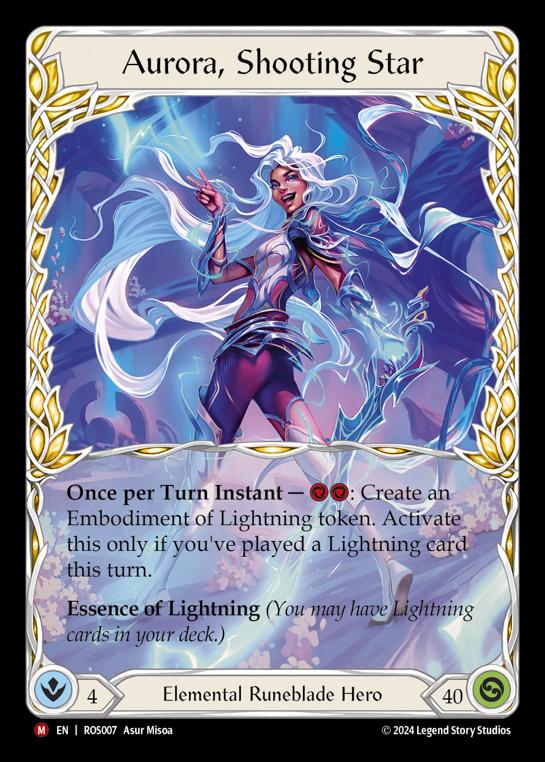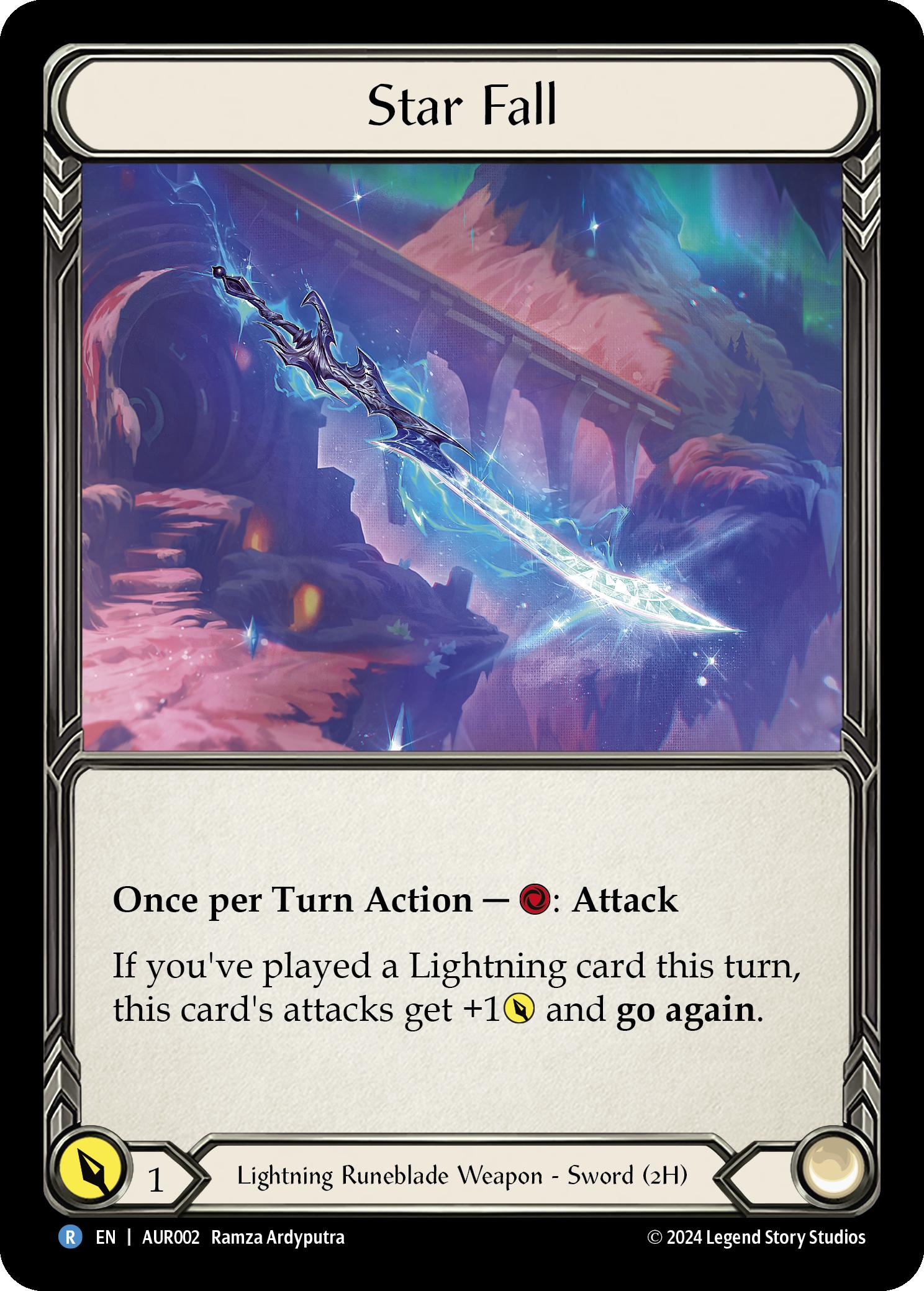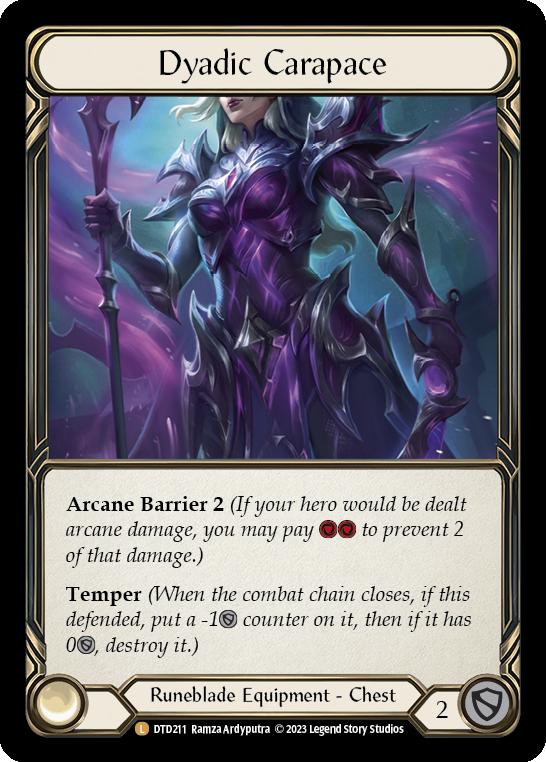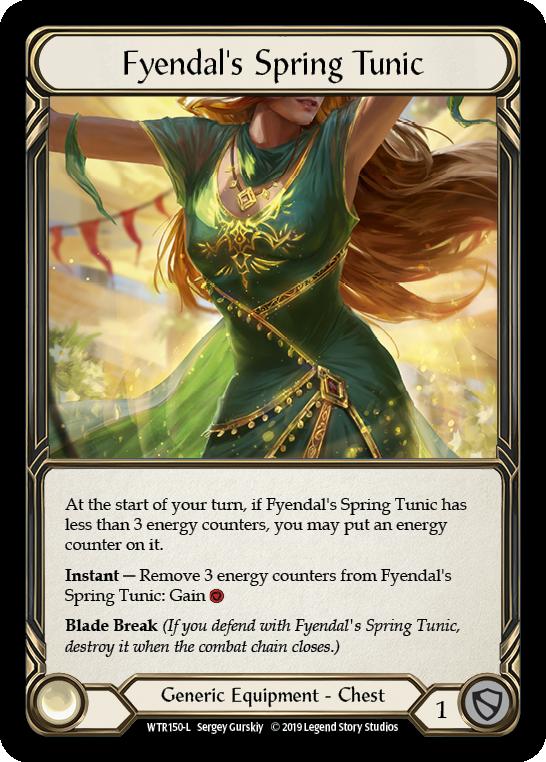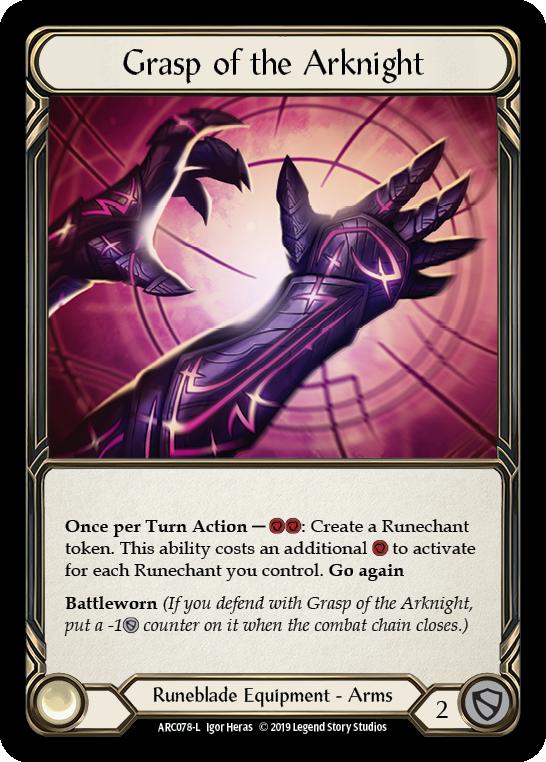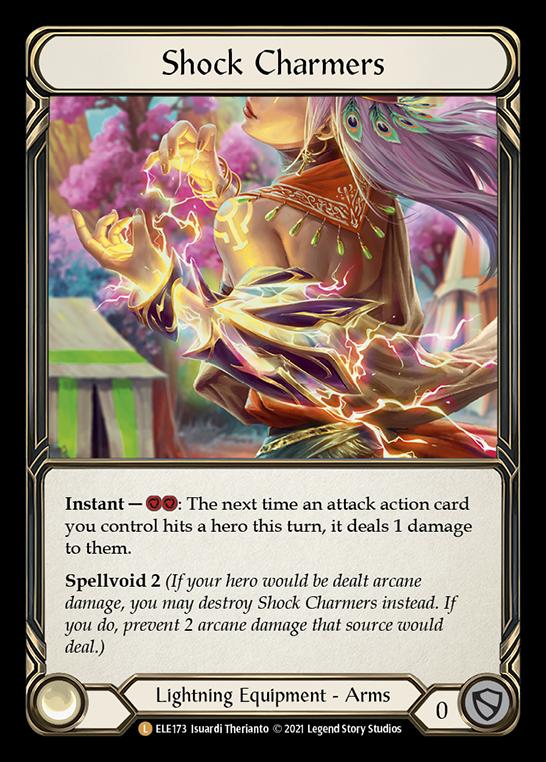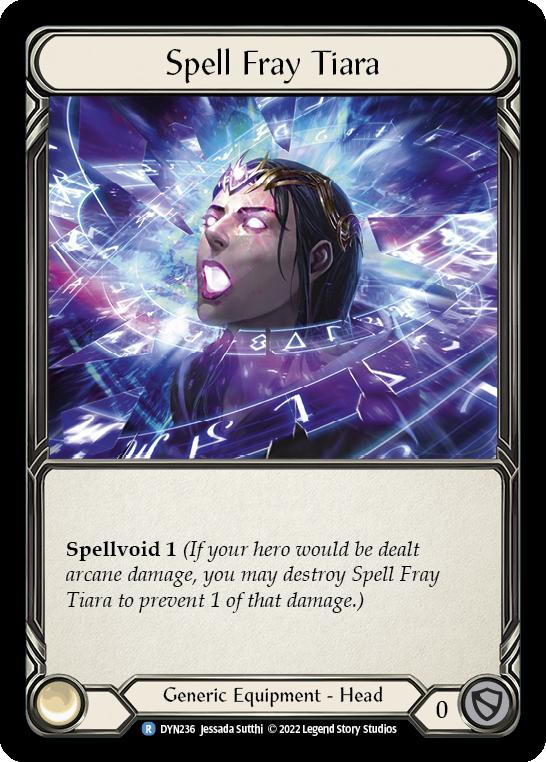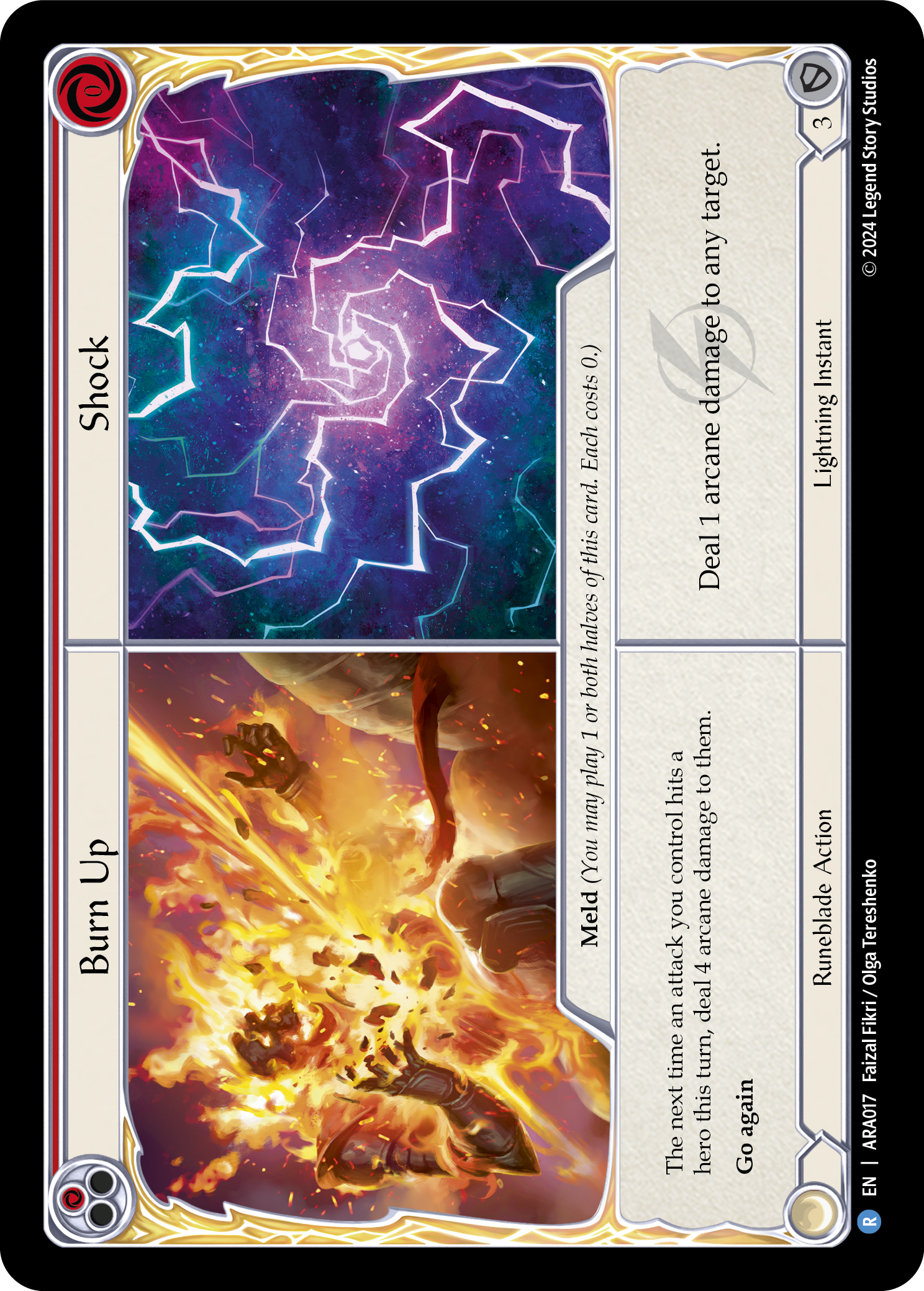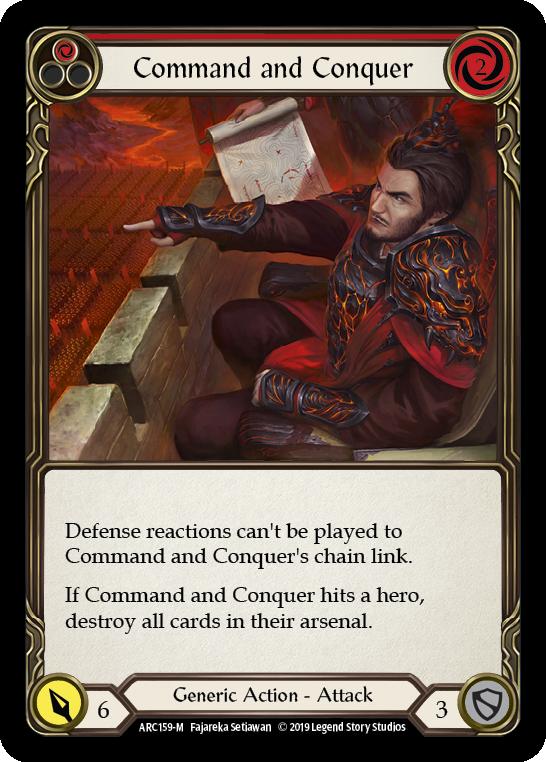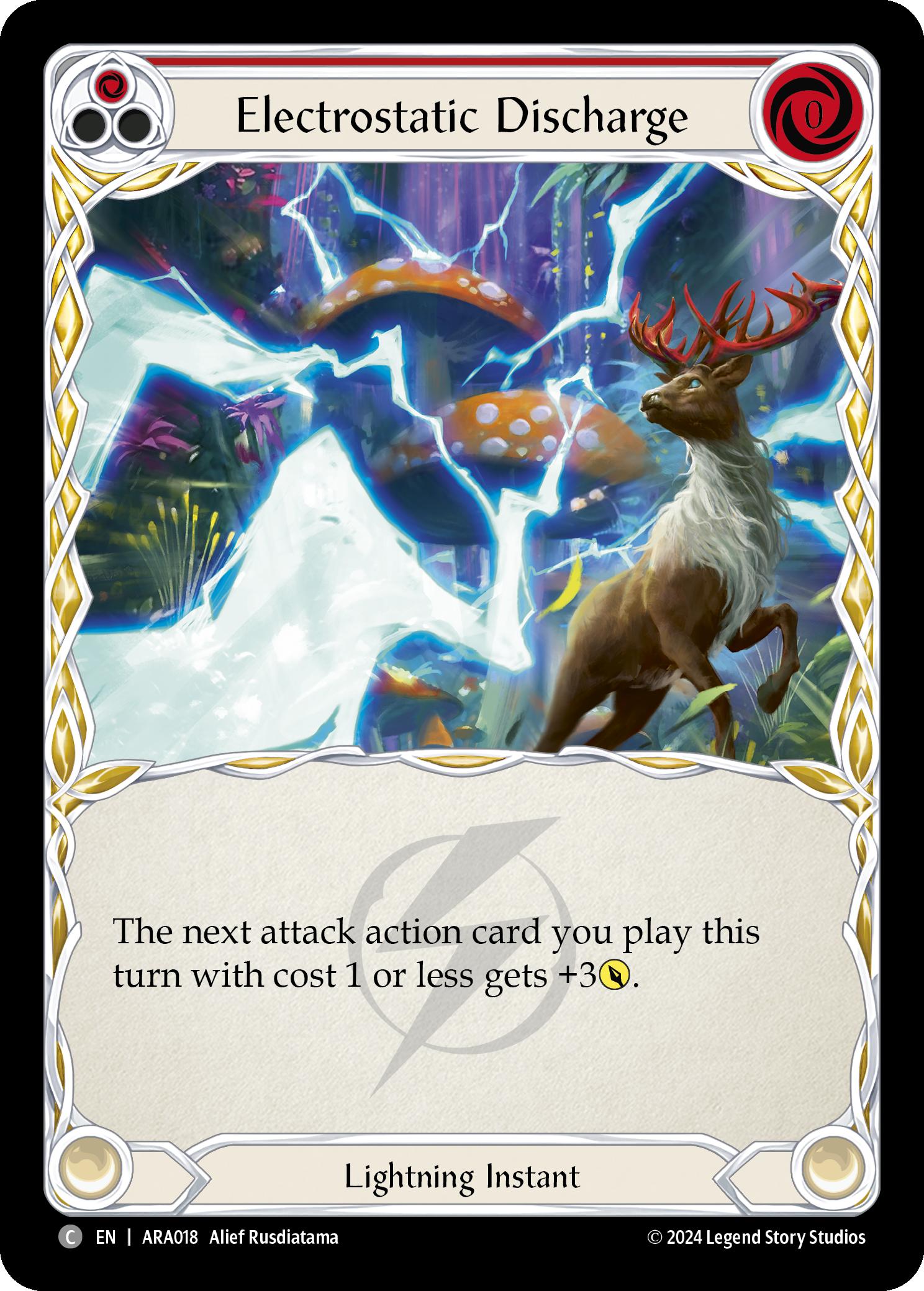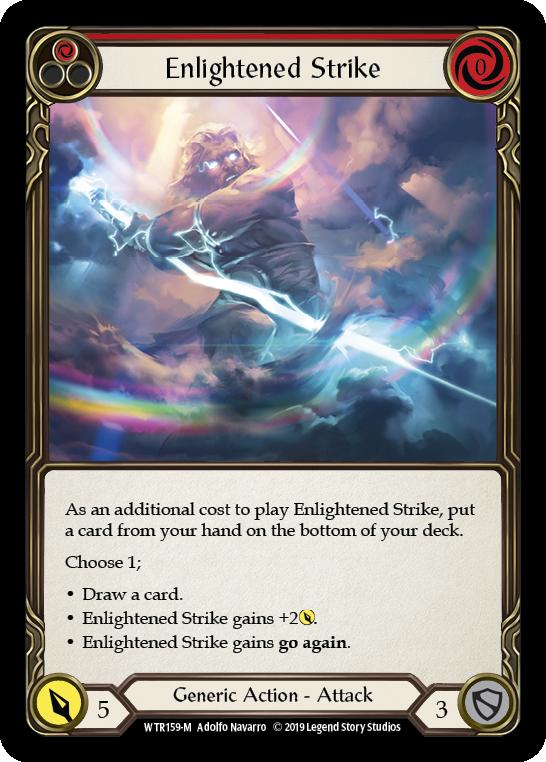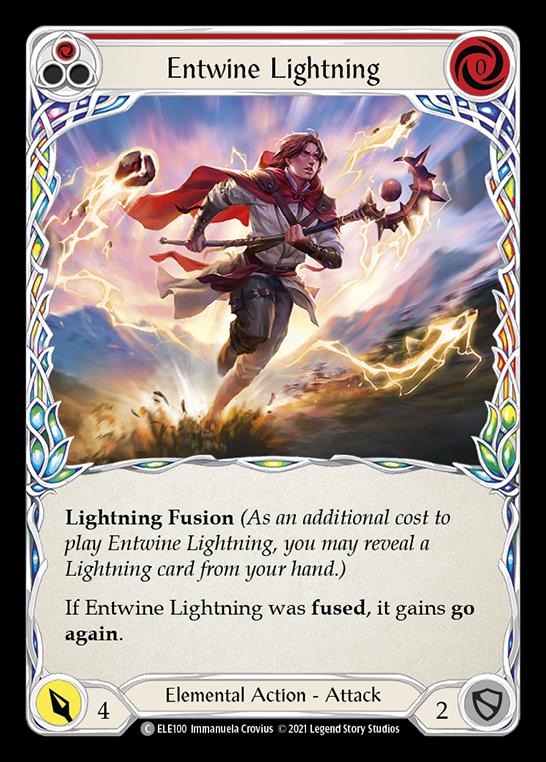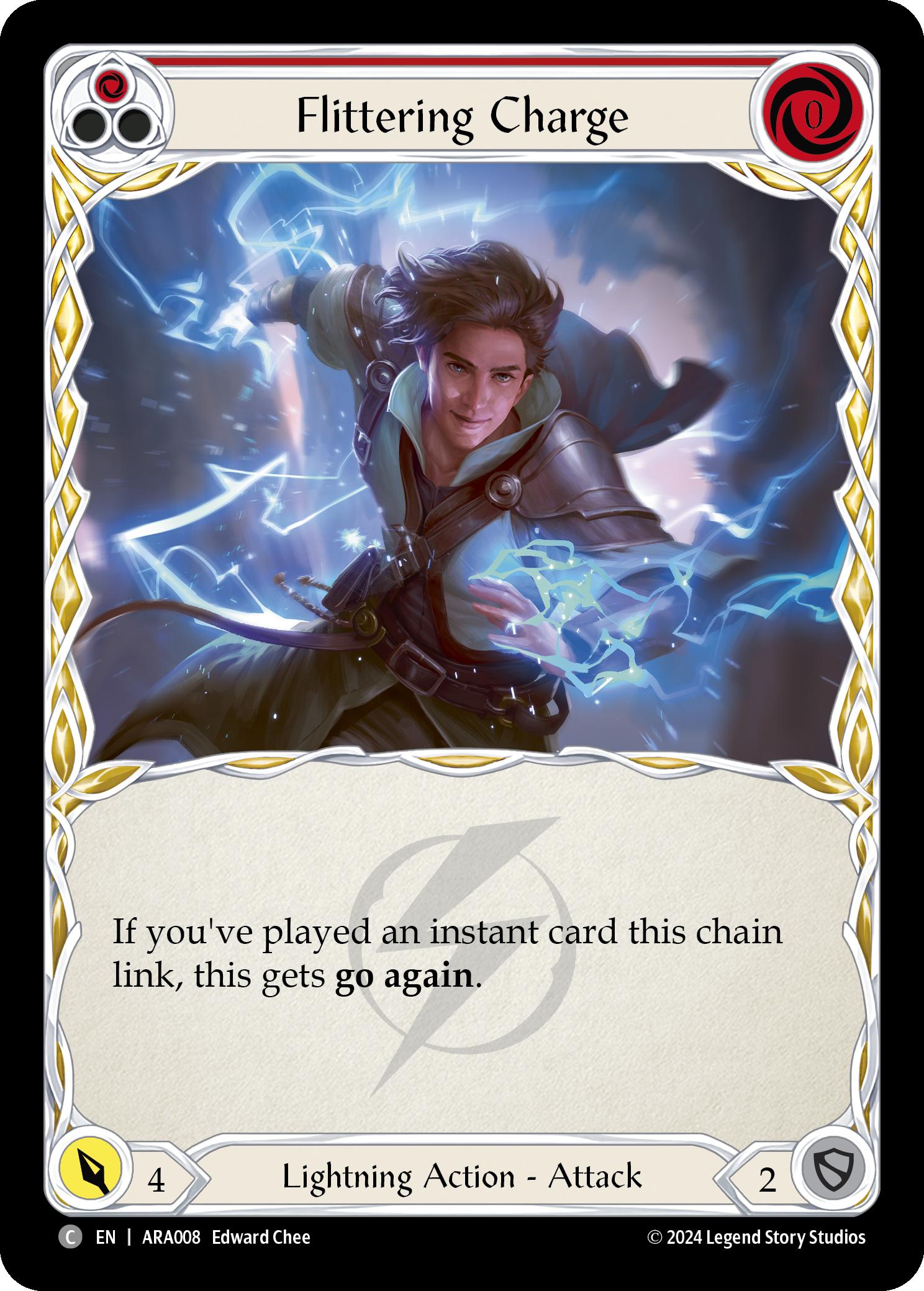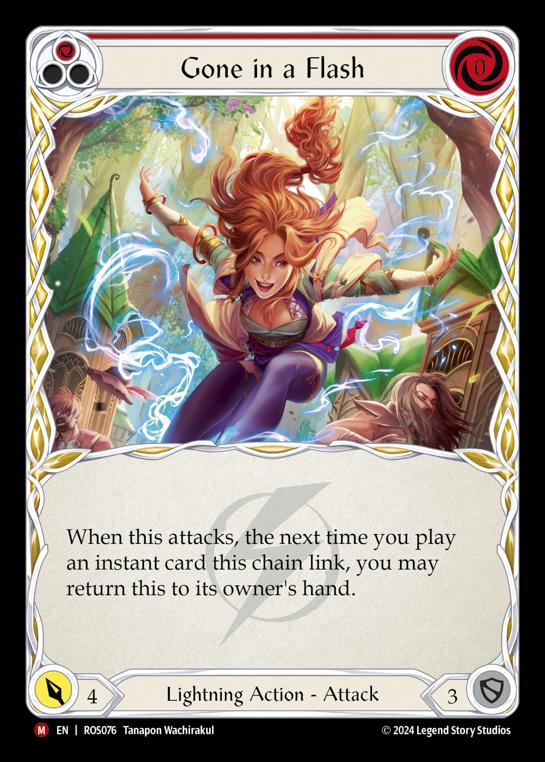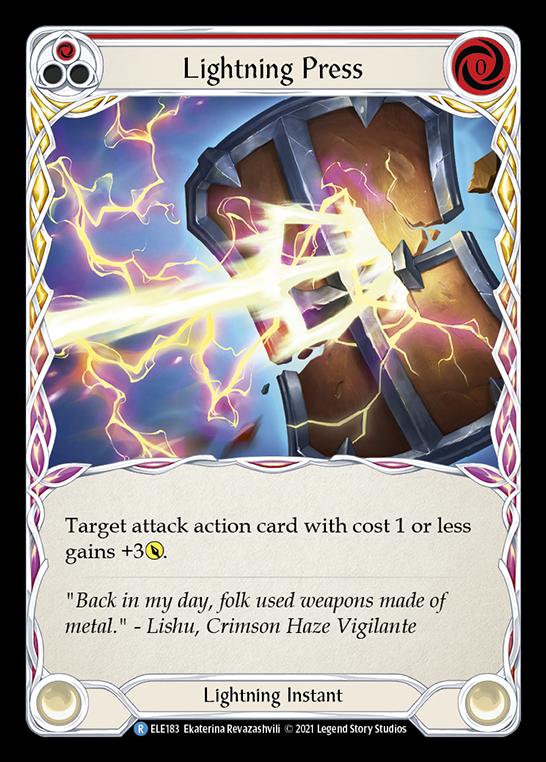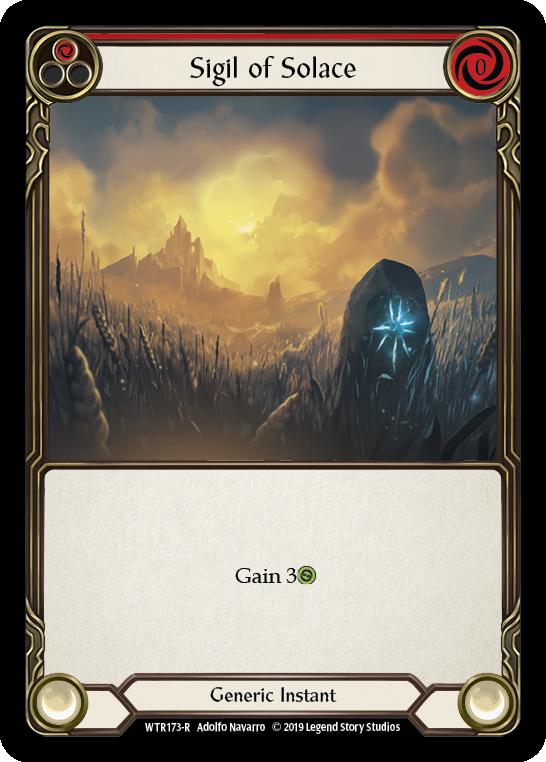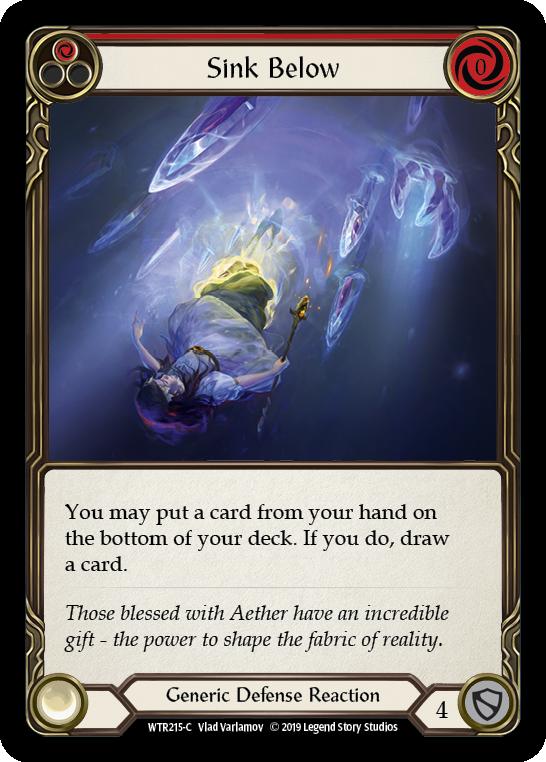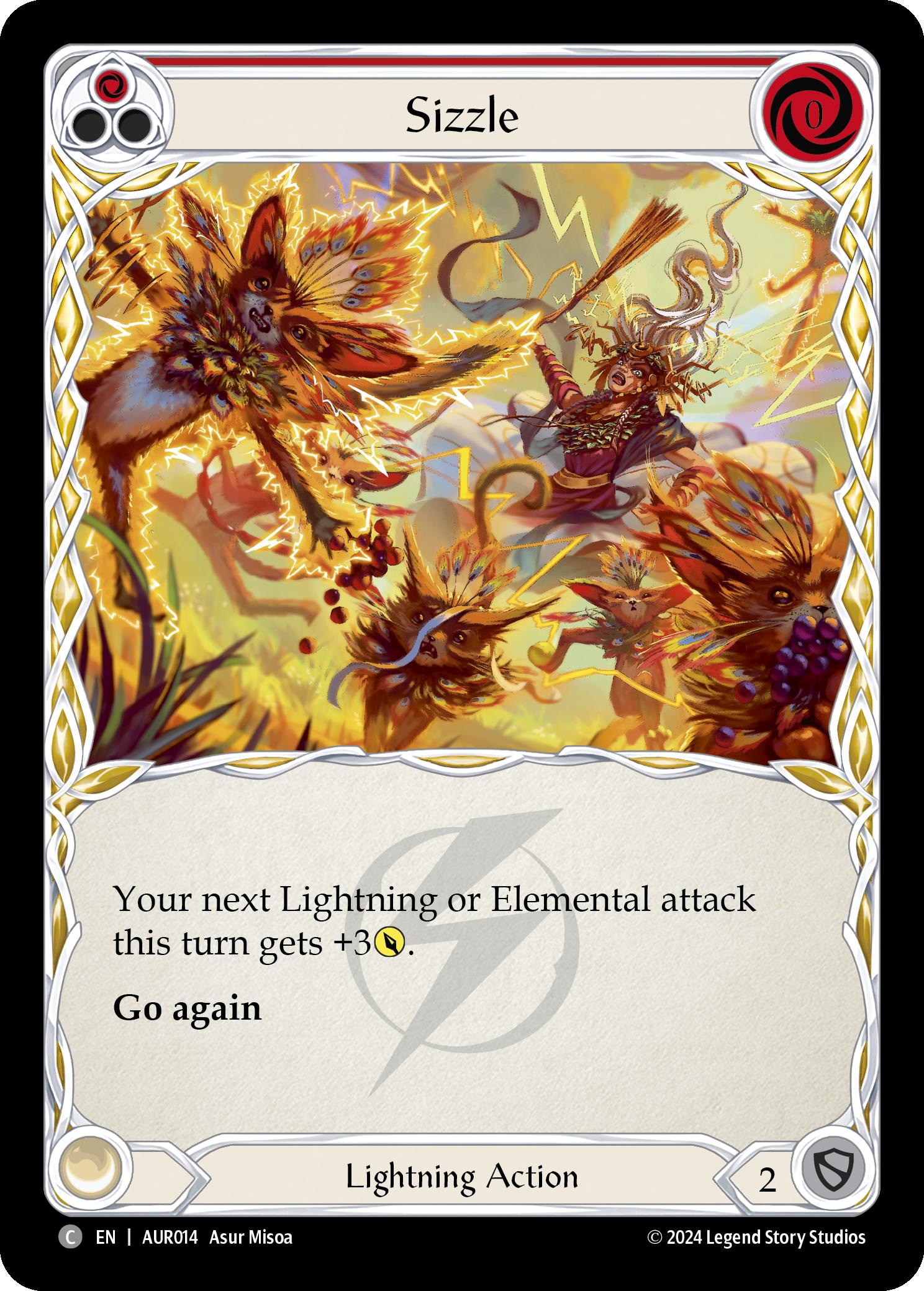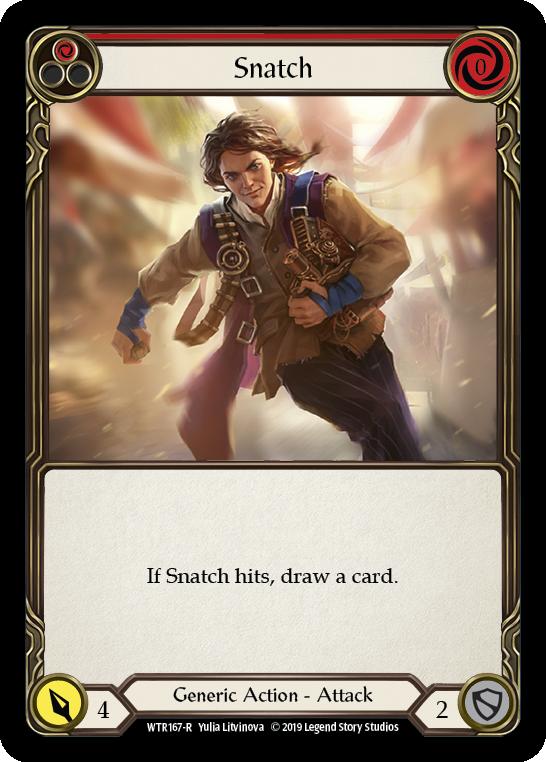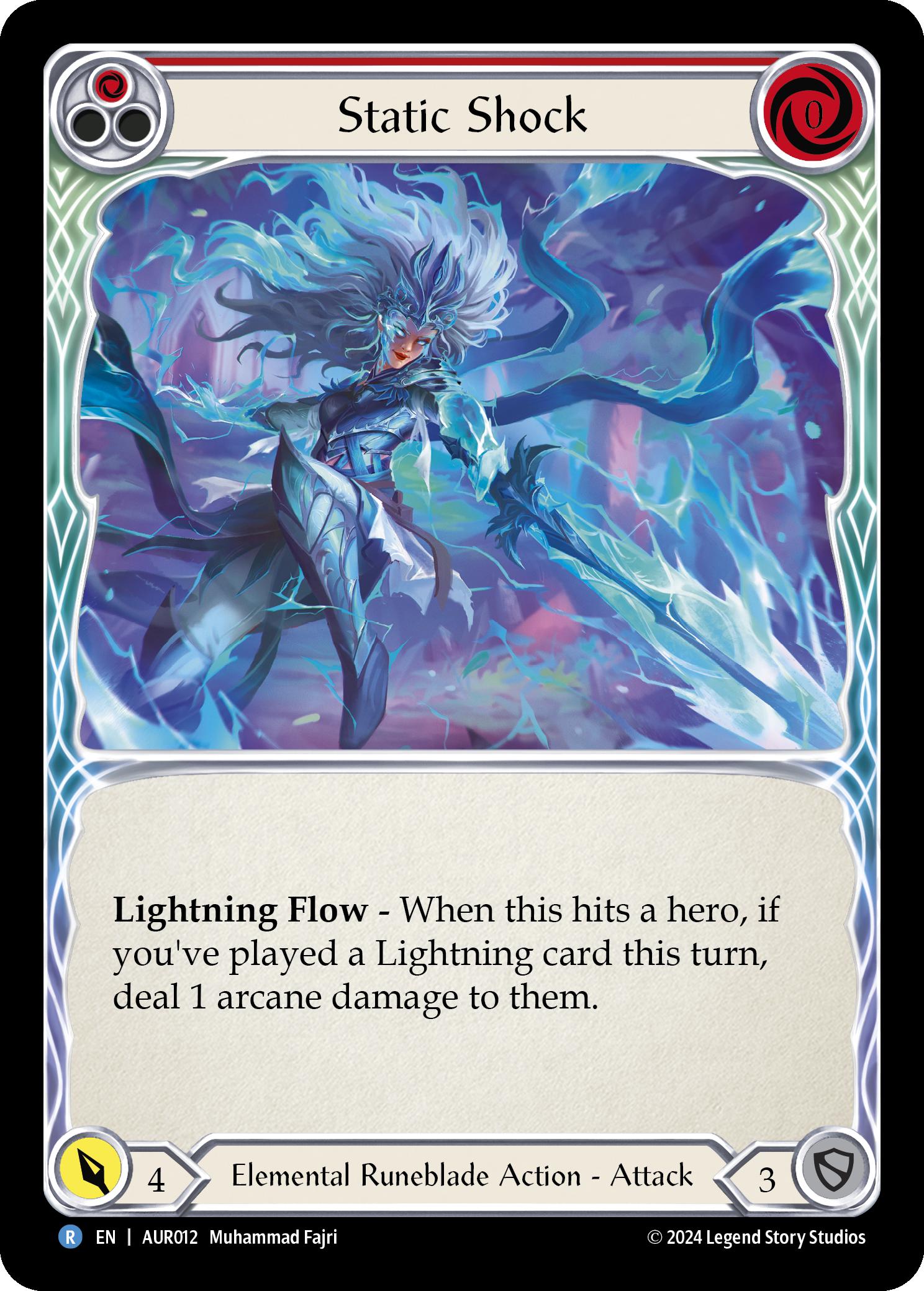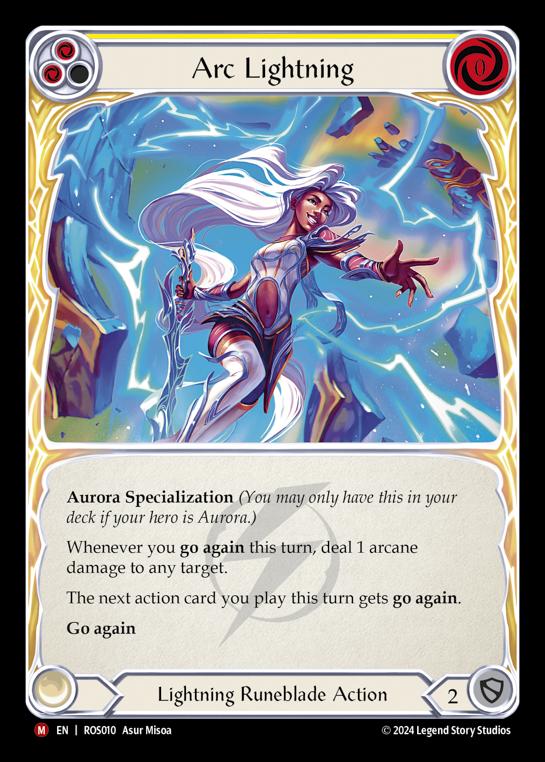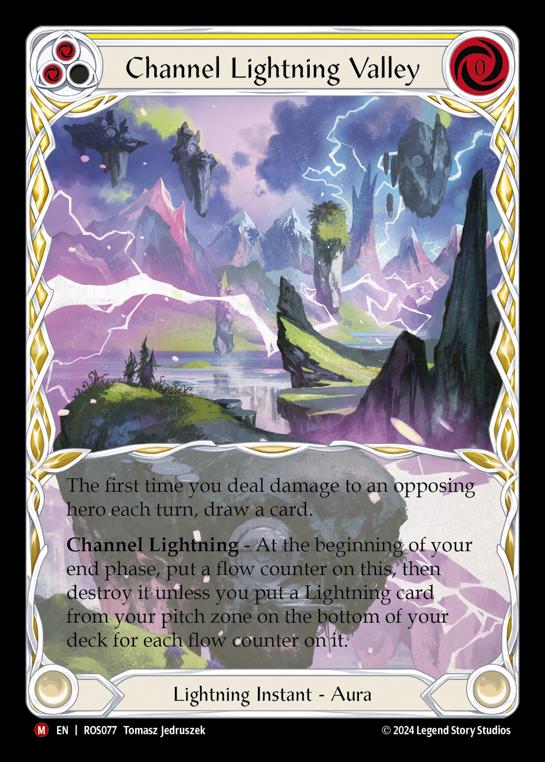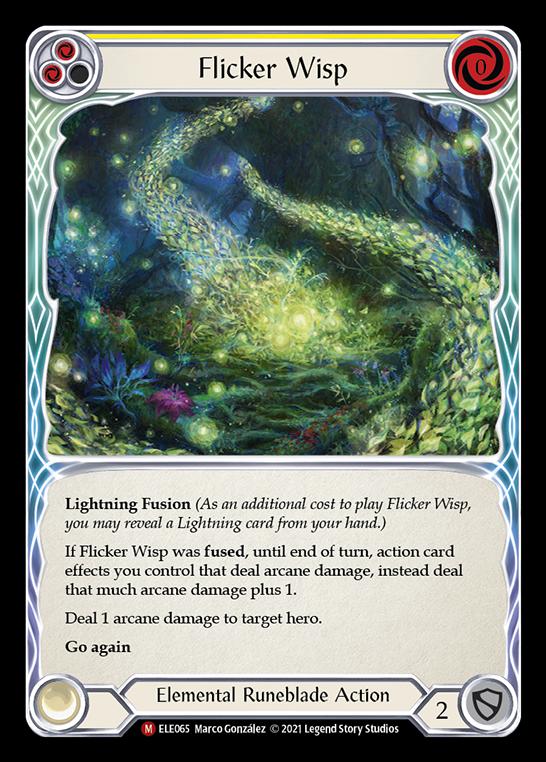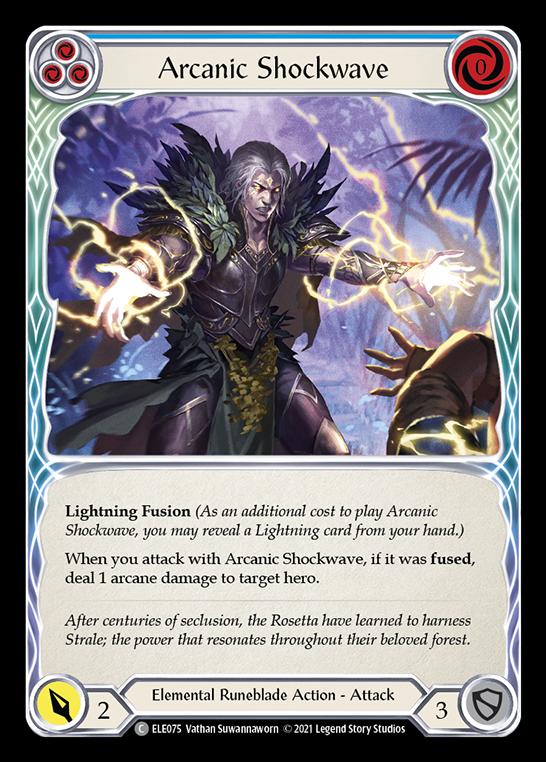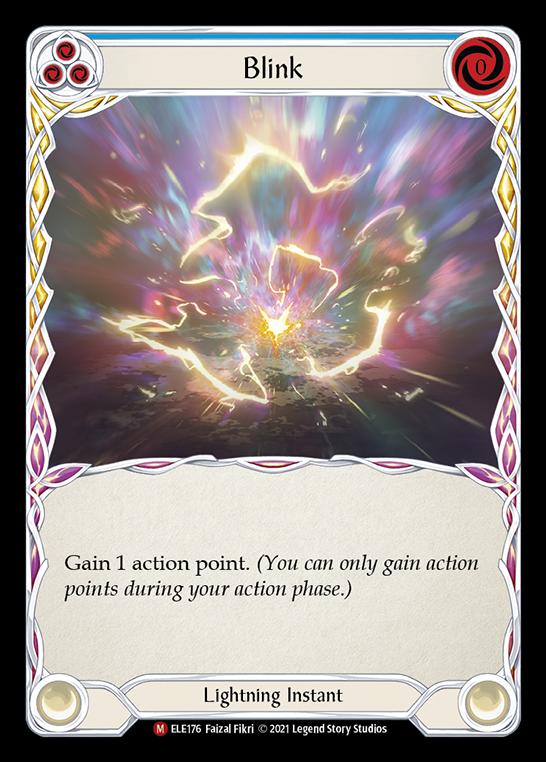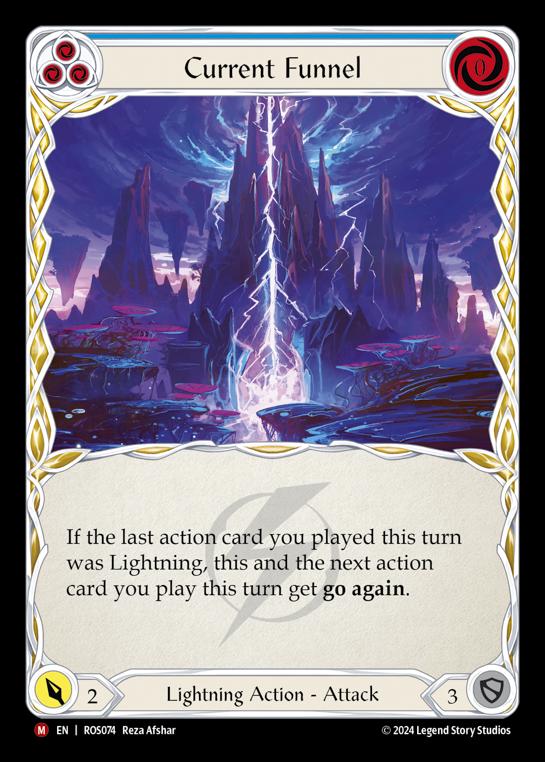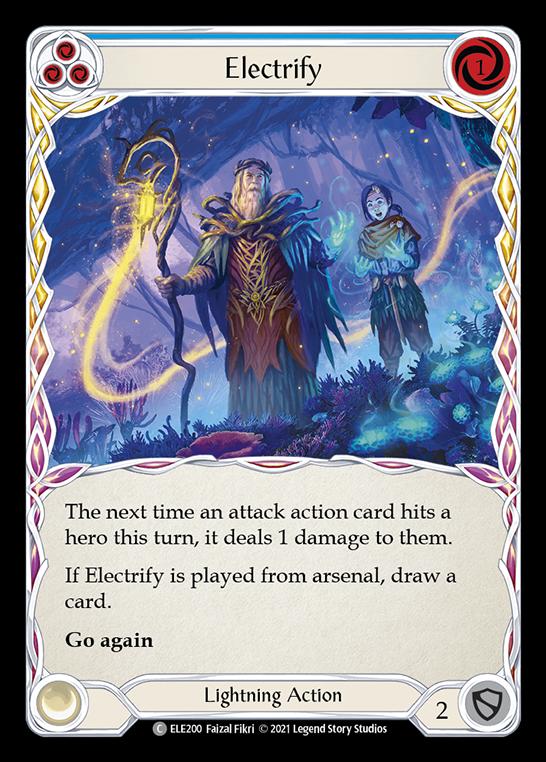Evergreen – Aurora, Shooting Star
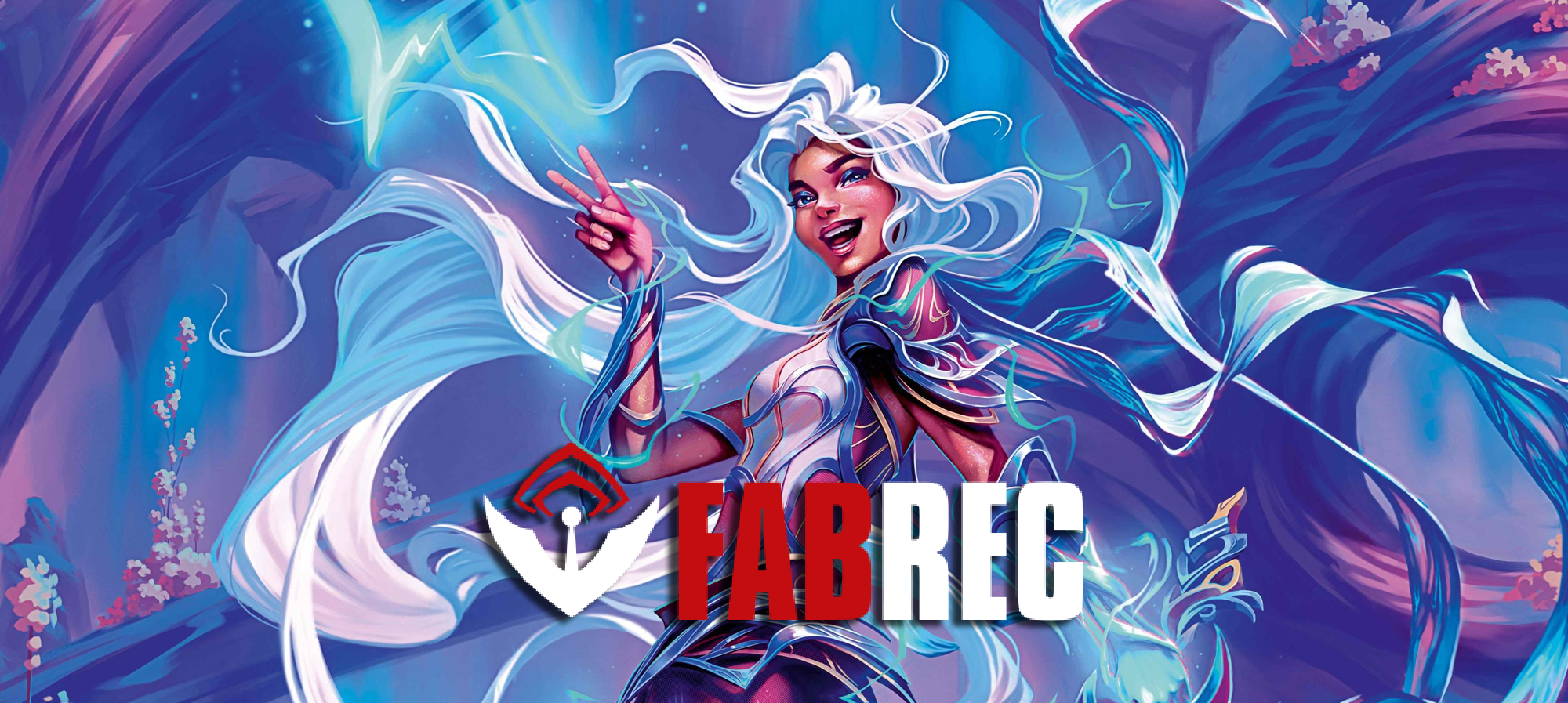
Cheerios fans rejoice, a new Runeblade is here for you! Ball Lightning was banned in January of 2022, effectively ending Briar, Warden of Thorns‘ time as a Runeblade that only sought to pitch occasionally for Rosetta Thorn. The strategy proved to be too powerful for a much smaller card pool, and it can be speculated that the rules complexities presented by its card text were determined to be too much for a fledgling game and player base. Now, in 2024, each class has a deep, multifaceted card pool, and a strategy that seeks to avoid one of the game’s fundamental balancing powers is powerful, but appropriately balanced. This is Rhys back with another edition of Evergreen, and today you’ll be learning about Aurora, Shooting Star.
Isn’t Cheerios a Boring Strategy?
If you haven’t played or watched any Aurora gameplay, you might think that a deck of zero-cost cards is too linear and wouldn’t be interesting for you, which couldn’t be farther from the truth. Since every card in any hand can be played, you are given limitless flexibility to craft your hands in any way you see fit!
Aurora, Shooting Star is inherently aggressive, so you may find you don’t block often, but she blocks surprisingly well for a deck that has up to eighteen no-block cards in her deck at a time. This is because of Runeblade’s armor suite, and since you don’t need extra resources or special additions to your attacks, you can rely on armor blocks in late turns. When both players are trying to get over the finish line with increasingly small hands, you can often find a place to keep an entire extra card, swinging the tempo in your favor!
Face Purgatory is the newest addition to the Runeblade card pool, boasting a high defensive ceiling, similar to what you see when Brutes play with Scowling Flesh Bag. When you look at the Aurora deck list that I share below, you’ll think that there aren’t very many ways to meet all of the requirements to trigger its discard ability. You’re right, but since it blocks for two, it already has the highest defense value you can find in most armor, so being able to find a place to trigger the ability is pure upside. Some players will still prefer something like Crown of Providence to fix clunky hands, but since almost every card in Aurora’s deck costs zero, you won’t see that being necessary often. Even if you have too many attacks that don’t have go again, you can pitch those to activate Grasp of the Arknight or Aurora’s weapon Star Fall. This means you have damage sources available for one, two, and three resources, so you’ll never have a complete dud of a hand, which experienced Runeblades will breathe a sigh of relief about.
Take a look at this list by Bartoz Ziemba, boasting a top eight at Calling: Lyon, mere weeks since the set released!
" Aurora, Shooting Star by Bartoz Ziemba"
Leaving “Generic” Behind
Aurora, Shooting Star‘s hero ability looks for Lightning cards to be played to activate, and Legend Story Studios delivered. This deck is chock full of Lightning-focused attacks of past and present, making for a high value pile of four-power attacks. If you were around for Briar, Warden of Thorns‘ redux after the Ball Lightning ban, you’ll know she was primarily composed of whatever generic attacks that presented the highest rate so you could pull as much value from Channel Mount Heroic as possible. Aurora boasts greater consistency and a better aesthetic experience!
Too Fast For You
The flavor of someone who can harness the power of Lightning to out-speed opponents in the movement of cards in your hand is captured in yet another masterful design by Legend Story Studios. Channel Lightning Valley being an instant offers flexibility based on what your opponent is doing. If they block out, just pitch or arsenal it for later value, or race it out before damage resolves to trigger the card draw. It also works on your opponent’s turn, so force them to respect Sigil of Suffering by threatening a card draw, because most decks aren’t prepared to handle burst card draw from an aggressive go-wide deck. No “wasted” Channel cards here!
Gone in a Flash has an incredible amount of flexibility. If it has go again, any instant in the resolution step is automatically converted into a four-power attack plus whatever it already did. Electrostatic Discharge becomes worth seven damage, or if you don’t have an action point, Blink becomes an action point plus four damage. That’s some heavy lifting. Hell, even Sigil of Solace is now a seven point value card with this in mind!
Burn up // Shock gets a special mention here for being an instant source of arcane damage as well, being a constant threat in the late game, but also acting as a Boom Grenade in the mid game, forcing opponents to consider full blocking a turn to prevent giving five points of damage to you for one card with go again, an incredible rate. Speaking of going above rate…
That Does HOW Much?
Opponents will groan when you fuse your Flicker Wisp with an Arc Lightning. This means every time you go again with an action card that turn, you threaten two arcane damage, pushing many of your attacks far over rate. But it also means one arcane barrier won’t be enough to stop it. Flicker Wisp is a card that you will benefit greatly from fish-bowling hands with. Place it in your arsenal and just draw four-card hands to see how much damage you can present in one turn with it. The answer will surprise you, especially when card draw effects like Snatch and Channel Lightning Valley get involved.
Thunder Comes After the Lightning
Every list will be rounded out with some necessary disruption, as decks nowadays will be able to do frightening amounts of damage if left completely uninterrupted. This will be relatively rare, compared to your damage output, so it will be mostly in Command And Conquer, since it’s also a six-power attack that can slow down some of Prism, Awakener of Sol‘s most damaging hands. Lightning Press can pump an attack to above that six point range as well to give you flexibility for both damage or defense in that matchup.
Be careful when measuring your expected damage against what you expect will be dealt to you, learning when to block with Aurora is one of the more complex skills you’ll develop, so reflect after games if there’s ever an exchange where you ended up losing tempo because of missed block opportunities. The same goes for choosing to bank an Embodiment of Lightning with Aurora, Shooting Star‘s hero ability, placing a card in arsenal, and setting up. If you full send every hand into every matchup, you may find yourself in a pseudo-fatigue scenario, where you just can’t deal meaningful damage when contrasted to what you’re taking to try and keep the pressure on. Much like how sequencing attacks is the hidden complexity of an aggressive deck, the same can be said about learning when to pump the brakes on pure aggression. Guardians, Assassins, and Rangers all have unique abilities to punish those setup turns, but to get through some of those defenses and turn-ending on hit effects, you may find yourself needing to risk exposure to those very abilities. Focus on appearing as threatening as possible with a small attack, so they give you cards as defense, lowering their odds of being able to meaningfully disrupt your setup. It may feel a bit “damned if you do, damned if you don’t” when you’re new to trying these out, but if you stick through those hard knock lessons, you’ll begin demanding respect fr0m your Armory’s more tenured players.
This will wrap up this edition of Evergreen! Rosetta is an impactful but not overwhelming set, which is a delight to experience, especially for folks who were looking forward to going back to Aria. Let me know what you think, and who you want to learn about next, and I’ll see you in the next one.
